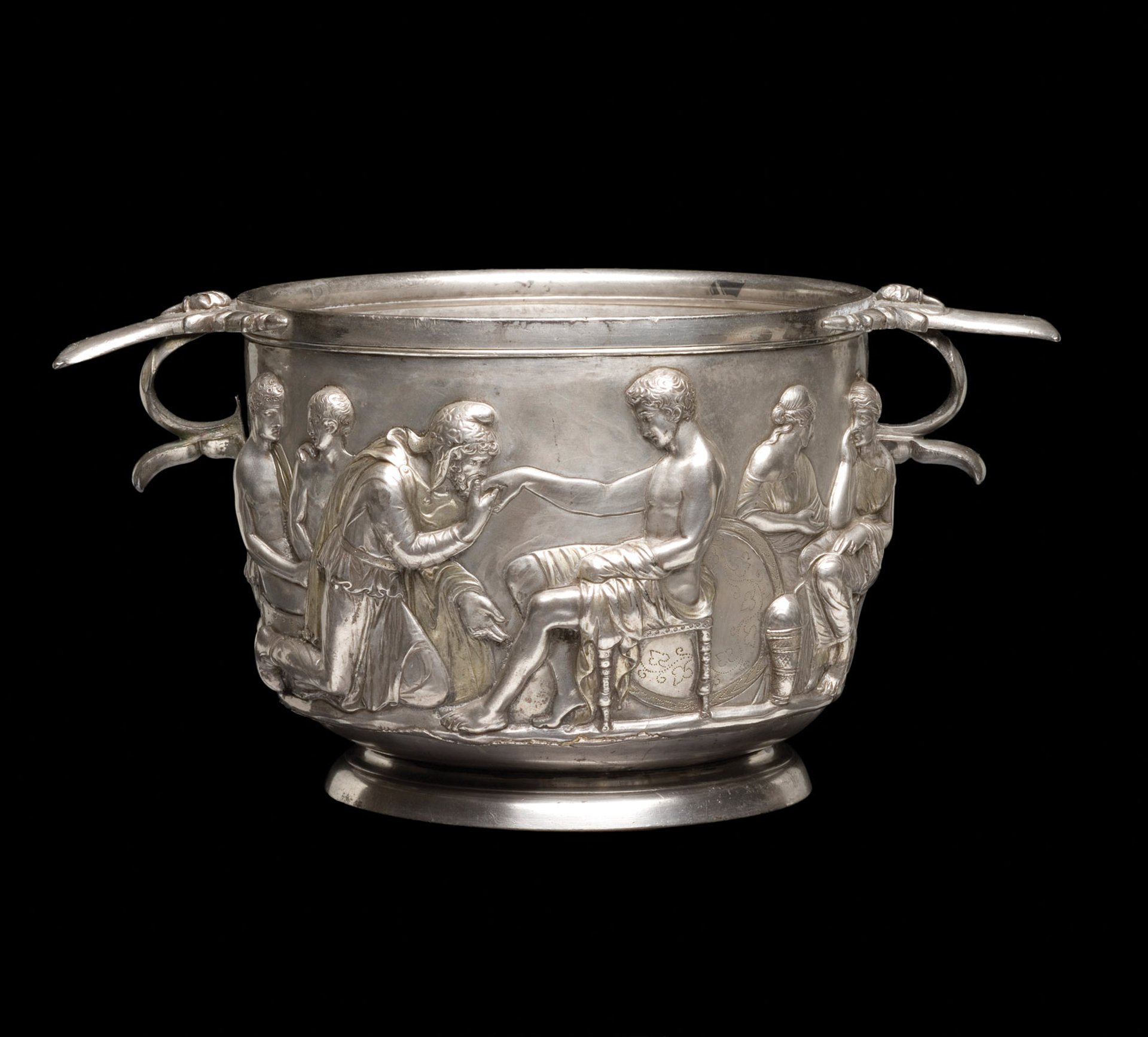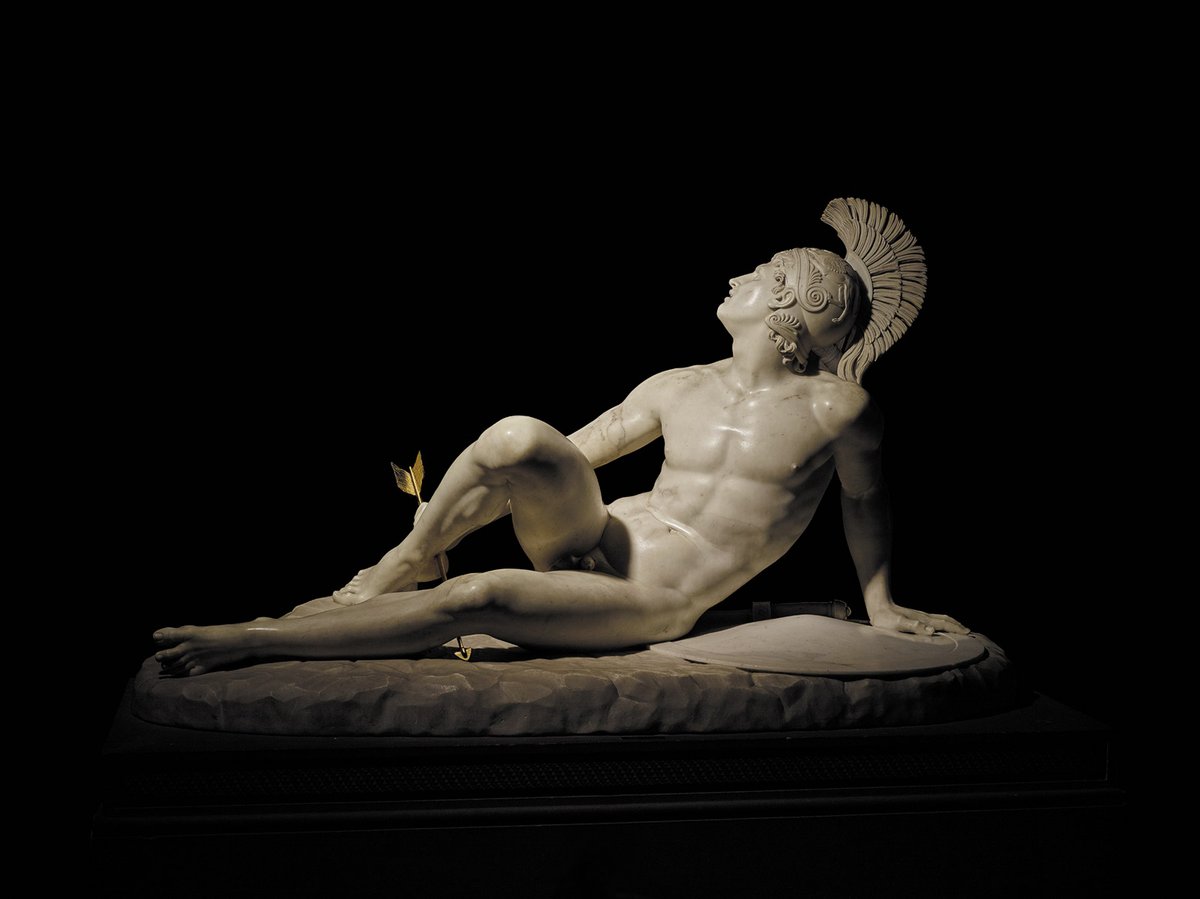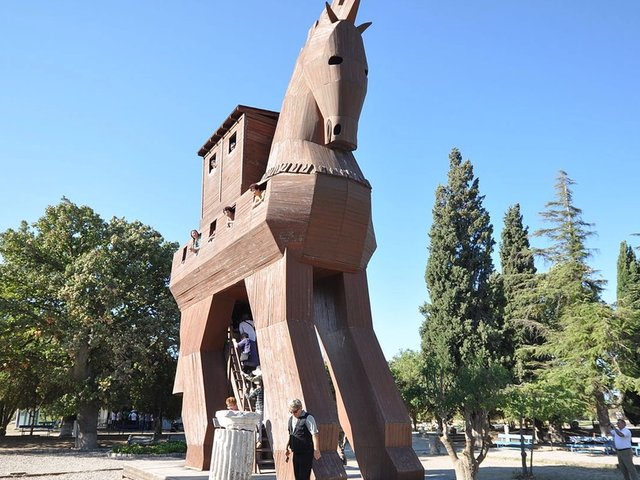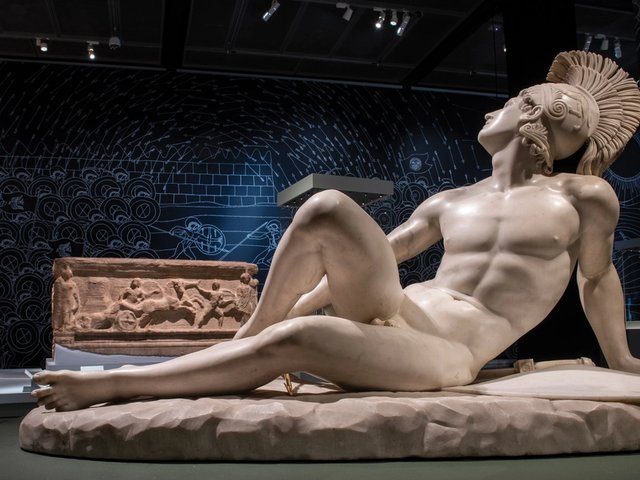The subtitle of the British Museum’s autumn exhibition, Troy: Myth and Reality, pinpoints its complex problem: is there any connection between the “myth” of Troy—the ancient stories of the war waged by the Greeks against the Trojans—and the “reality” of the archaeological site associated with the city in northwest Turkey?
The origin of the story of Troy was Homer’s 8th-century Iliad and its epilogue the Odyssey, both of which are believed to have been preceded by oral traditions. The Epic Cycle, the plays by Aeschylus, Sophocles and Euripides, and Virgil’s 1st-century BC verse epic the Aeneid, supply the non-Homeric stories about Troy and the war.
The exhibition is divided into three parts, with the first focusing on the Greek and Roman “myths” of Troy and the final section on works from the Middle Ages to the present, inspired by the ancient tales. Among the artefacts in the opening galleries will be one of the most important surviving manuscripts of the Iliad, the extensively notated 11th-century Townley Homer, as well as a 1st-century AD Roman-embossed silver cup showing Achilles receiving the barbarian Priam begging for his son’s body, and many examples of black and red figure pottery with scenes from the Trojan War. The final section will include works such as Filippo Albacini’s striking marble sculpture the Wounded Achilles (1825), Eleanor Antin’s hyper-realistic colour print, Judgment of Paris (after Rubens)—Dark Helen (2007), and Spencer Finch’s light installation, the Shield of Achilles.

Priam and Achilles, Roman silver cup, 1st century AD, National Museum of Denmark Photograph: Roberta Fortuna and Kira Ursem © National Museet Denmark
Meanwhile, the central section of the exhibition will address the “reality” of Troy. By the end of the 18th century, the stories of Troy were thought to be fictional. But a century later, in the 1870s, the American-German businessman and archaeologist, Heinrich Schliemann, excavated the mound at Hissarlik, now in western Turkey. He claimed that his finds established the site was the Troy of the myths. Among his discoveries was what he called Priam’s Treasure, a hoard of 8,750 gold rings, a pair of gold diadems (the “Jewels of Helen”) and scores of smaller precious objects. These were exhibited at London’s South Kensington Museum (now the Victoria and Albert Museum) shortly after their discovery and later donated to what became Berlin’s Museum of Prehistory and Early History, which has lent around 100 objects for the show.
The archaeological evidence is not always easy to reconcile with historical, let alone mythical, events
Although the exhibition does not include examples from later digs, it has been established that Schliemann’s finds are unlikely to have been from Homer’s Troy. “Even if most archaeologists today are convinced that Hissarlik is Troy, the question of whether any evidence for the Trojan War has been found there is far more contentious,” say the curators Andrew Shapland and Lesley Fitton. “Ultimately, the problem is that the archaeological evidence is not always easy to reconcile with historical, let alone mythical, events.”
The exhibition is supported by the multinational oil and gas company BP.
• Troy: Myth and Reality, British Museum, London, 21 November-8 March 2020




